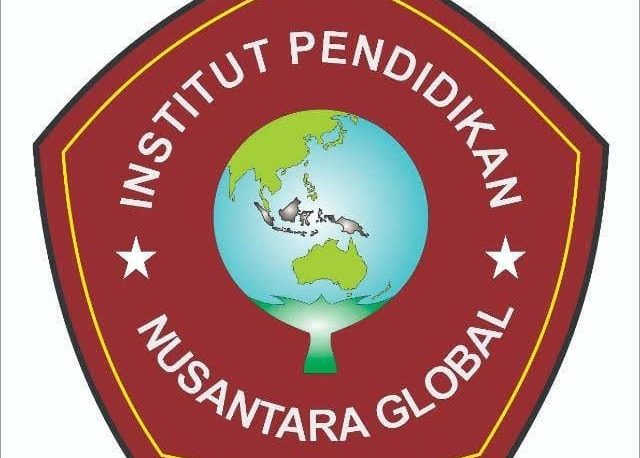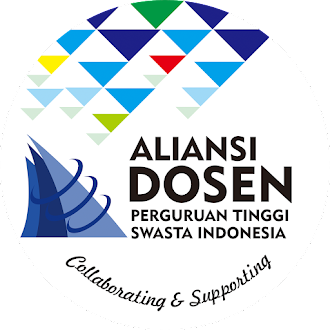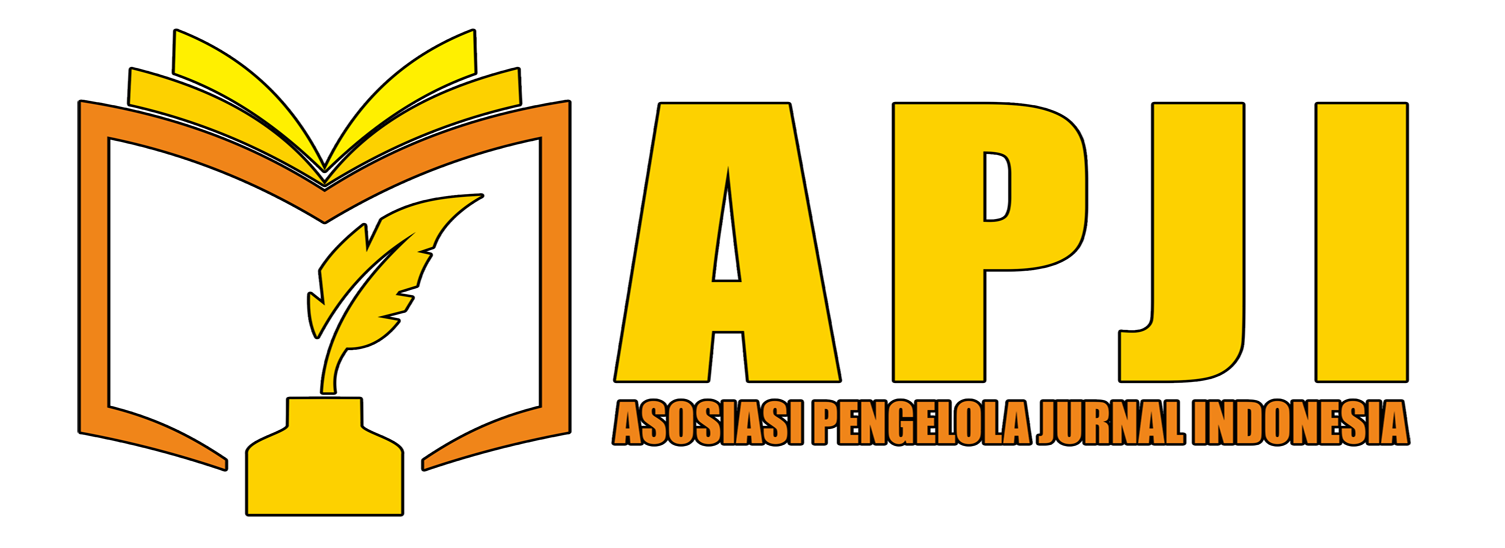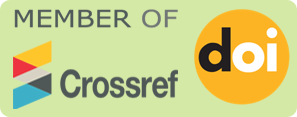4C SKILLS OF THE 21ST CENTURY: THEIR NATURE AND IMPORTANCE IN PRIMARY SCHOOL LEARNING
DOI:
https://doi.org/10.62567/micjo.v1i2.88Keywords:
21st century skills, 4C Skills, Elementary SchoolsAbstract
21st century skills absolutely must be taught at all levels of education, especially elementary schools, because students have experienced very fast changing times. Elementary school students are automatically involved in becoming part of 21st century society. Therefore, 21st century 4C skills, namely Critical Thinking and Problem Solving, Communication, Collaboration, and Creativity and innovation should be taught at all levels of elementary school classes according to the development and needs of students . The aim of the study is to describe the nature of 21st century skills and the importance of their application in elementary schools. The research method used is literature study. The data sources in this study were examined from various reading sources such as books and journal articles. This method is carried out so that this journal article can provide relevant and reliable information based on data sources and provide a clear picture of 21st Century 4C skills in elementary schools. The results of this study indicate that teaching 21st century skills is a necessity for every school to form skilled students in 21st century society. The learning objectives are so that students are familiar with good communication, cooperate in a compact manner, are critical of problems and are able to solve them, and are critical and innovative in their work produce new goods.
Downloads
References
Butterworth, John. & Geoff Thwaites. 2013. Thinking Skills- Critical Thinking and Problem Solving: Second Edition. Cambridge: Cambridge University Press.
Conklin, Wendy. 2013. Higher-Order Thinking Skills to Develop 21st Century Learners. Huntington Beach: Shell Education.
Faiz, Fahrudin. (2012). Thinking Skills Pengantar Menuju Berpikir Kritis. Yogyakarta: Suka Press.
Fisher, Alec. (2009). Berpikir Kritis Sebuah Pengantar. Jakarta: Erlangga.
Greenstein, L. (2012). Assesing 21 st Century Skill A Guide to Evaluating Mastery And Authentic Learning. California: Corwin A Sage Company
Johnson, Elaine B. (2009). Contextual Teaching And Learning. (Edisi Terjemahan Ibnu Setiawan). Bandung: MLC.
Judge, Brenda., Patrick Jones., & Eline McCreery. (2009). Critical Thinking Skills for Education Students. Southernhay East: Learning Matters.
Kuncahyono, Suwandayani, B. I, Muzakki, A. (2020). Aplikasi E-Test “That Quiz” Sebagai Digitalisasi Pembelajaran Abad 21 Di Sekolah Indonesia Bangkok. Lectura : Jurnal Pendidikan,11 (2),
-166.
Lase, D. (2019). Pendidikan Di Era Revolusi Industri 4.0. Sundermann: Jurnal Ilmiah Teologi, Pendidikan, Sains, Humaniora Dan Kebudayaan, 1(1), 28-43.
Mahanal, S. 2009. Pengaruh Perangkat Pembelajaran Deteksi Kualitas Sungai Dengan Indikator Biologi Berbasis Proyek Terhadap Hasil Belajar Siswa SMA Di Kota Malang. Disertasi tidak diterbitkan. Program Pasca Sarjana (S3) Universitas Negeri Malang
Muhtadi, Asep Saeful. (2012). Komunikasi Dakwah Teori Pendekatan Dan Aplikasinya. Bandung: Simbiosa Rekatama Media.
Murdoch University, (2003). Critical Thinking-Getting started. (Online). (http://www.tlc.murdoch.edu.au/slearn/resource/pdf/Critical%20Thinking.pdf.
Nabilah, Nana. (2020). Pengembangan Keterampilan Abad 21 Dalam Pembelajaran Fisika Di Sekolah Menengah Atas Menggunakan Model Creative Problem Solving. 3.
Nakano, Tatiana de Cassia., & Solange Muglia Wechsler. (2018). Creativity and Innovation: Skills for the 21st Century. Estudos de Psicologia (Campinas) 35(3).
Piirto, Jane. (2011). Creativity for 21st Century Skills: How to Embed Creativity into the Curriculum. Rotterdam: Sense Publishers.
Rahmawati, Yeni dan Kurniati, Euis. (2010). Strategi Pengembangan Kreativitas. Pada Anak Usia Taman Kanak-kanak. Jakarta: Kencana. Sofia
Saavedra, A. dan Opfer, V. (2012. Teaching and Learning 21st Century Skills: Lessons from the Learning Sciences. A Global Cities Education Network Report. New York, Asia Society.
Sa‟ud, Udin Saefudin. (2008). Inovasi Pendidikan. Bandung: Alfabeta.
Sandy, Chuck., & Churtis Kelly. (2009). ACTIVE Skills for Communication, Student Book 1. Boston: Heinle, Cengage Learning.
Suratno. (2005). Pengembangan Kreativitas Anak Usia Dini. Jakarta: Depdiknas
Sugiyono. (2012). Memahami Penelitian Kualitatif. Bandung: ALFABETA
Syahputra. (2018). Pembelajaran Abad 21 Dan Penerapannya Di Indonesia. Prosiding Seminar Nasional SINASTEKMAPAN (E-Journal),1, 1276-1283.
Van, Tiel Julia Maria. (2011). Pendidikan Anakku Terlambat Bicara. Jakarta: Perdana.
Wagner, T. (2008). The global achievement gap: Why even our best schools don’t teach the new survival skills our children need—and what we can do about it. New York, NY: Basic Books.
Warsono & Hariyanto. (2012). Pembelajaran Aktif: Teori dan Asesmen. Bandung: Remadja Rosdakarya.
Wijaya, E. Y., Sudjimat, D. A., Nyoto, A., & Malang, U. N. (2016). Transformasi pendidikan abad 21 sebagai tuntutan pengembangan sumber daya manusia di era global. In Prosiding Seminar Nasional Pendidikan Matematika. 1(26), 263-278
Downloads
Published
How to Cite
Issue
Section
License
Copyright (c) 2024 Robi Agape Barus

This work is licensed under a Creative Commons Attribution-ShareAlike 4.0 International License.


















